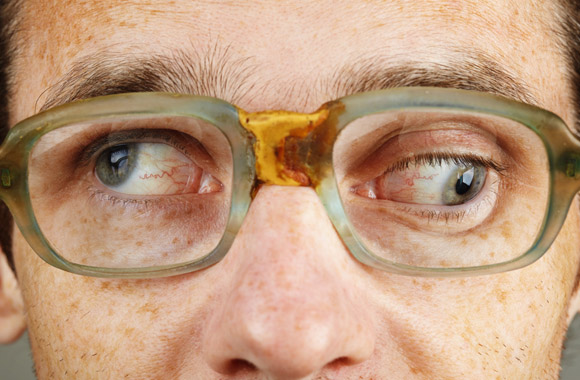Strabismus: Symptoms, Causes and Treatment
What Is Strabismus Or Cross Eyes?
Affecting an estimated two percent of children globally, Strabismus or Esotropia, more commonly known as cross eyes, is an eye condition most commonly occurring in infants. The condition causes a misalignment of the eyes — wherein one eye looks straight ahead and the other eye looks upward, downward, to the left or right.
What Causes Strabismus Or Cross Eyes?
Strabismus occurs when the six muscles around your eye don’t function in perfect coordination. This is often caused by:
- Muscle dysfunction
- Farsightedness
- Problems in the brain
- Trauma around the region of the eye, such as getting hit in the face
- Infections
Genetics may play some role, as parents with strabismus have a higher of chance of having children with the same condition.
Common Symptoms Of Strabismus
This eye condition can affect our vision and cause discomfort for many. Some of the common symptoms include:
- Blurry vision
- Double vision
- Headaches
- Excessive squinting
- In some case, sufferers develop a lazy eye
Besides vision-related problems, coping with strabismus can lead to issues of low self-esteem. Routine exams by the optometrist can detect strabismus early and provide assistance in determining the best options for treatment.
What It Is Like To Have Strabismus?
For people with strabismus, the eyes aren’t able to focus on a single point or object. Therefore the brain cannot combine the two images produced by the eyes to form a normal 3-dimensional image.
Rather than trying to process two different images, the brain ignores the image sent from the more misaligned eye. This is a problem because the eyes are meant to work together for a more accurate vision. This is why people suffering from strabismus often have issues with depth perception and coordination problems.
How Can Strabismus Be Treated?
Strabismus treatment aims to improve eye alignment so that your vision is improved. Treatment options are varied, but often involve eyeglasses, eye exercises, and eye muscle surgery.
Though surgery is often a common treatment, vision therapy that includes corrective glasses and consistent eye exercises, has been shown to be successful in correcting cross eyes.
To find out more about strabismus and if surgical treatment is necessary, visit your nearest optician.
Routine exams can detect strabismus early
Visit your nearest optical store today



